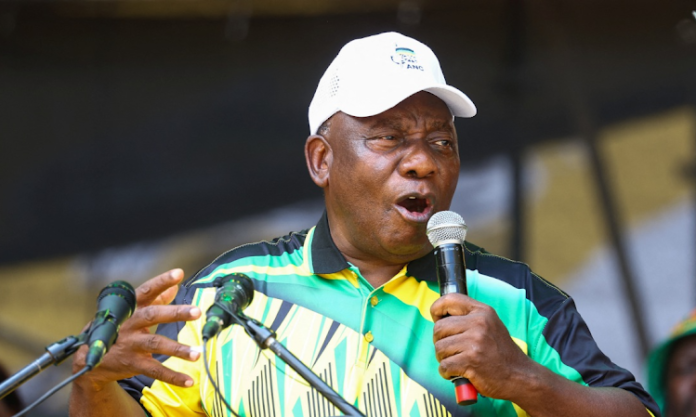President Cyril Ramaphosa has announced that South Africa has been without any load shedding for more than six weeks, indicating that the energy action plan implemented in 2022 is yielding positive results. However, he cautions that it is premature to declare an end to load shedding.
In his weekly letter published on Monday morning, Ramaphosa highlights the sustained improvement in the performance of Eskom’s power stations and the additional generation capacity that has been added to the energy system. These developments provide hope that the end of load shedding is within reach.
According to Ramaphosa, a renewed focus on maintenance and the return to service of several units has resulted in a 9% reduction in losses due to unplanned outages between April 2023 and March 2024. This reduction is equivalent to adding 4,400 MW of capacity to the national grid.
[ Thabo Mbeki Is On A Mission To Rescue The ANC’s Electoral Fortunes ]
The president emphasizes that better-maintained and more reliable power stations have increased the country’s energy availability factor (EAF). Since April, the EAF has consistently been above 60%, compared to 53% during the same period last year.
Ramaphosa addresses the scepticism surrounding the reduced load shedding, dismissing claims that it is a political ploy ahead of the elections.
He clarifies that Eskom is utilizing diesel-fueled peaking plants at a much lower rate than in previous years. In fact, the amount spent on diesel by Eskom in the past month was less than half of what was spent in April 2023.
The president attributes the reduction in load shedding to the success of adding new generation capacity, primarily from renewable energy sources. Removing licensing thresholds for new power generation projects has attracted significant private investment in the energy sector.
Ramaphosa reveals that there is currently a pipeline of over 130 private energy projects, representing more than 22,500 MW of new capacity. Some of these projects have already started connecting to the grid.
Furthermore, introducing tax incentives and financing options has led to a doubling of rooftop solar capacity to over 5,000 MW within a year, alleviating pressure on the national grid.
He also mentions that more bid windows have been released for new capacity from solar, wind, gas, and battery storage, with over 10,000 MW currently in procurement through public programs.
Ramaphosa acknowledges that the measures taken so far do not signify the complete eradication of load shedding.
To ensure a long-term solution, the Electricity Regulation Amendment Bill, which was tabled in parliament last year, aims to establish a competitive energy market in South Africa for the first time. This move is expected to attract investment and lower electricity prices.
Additionally, the expansion of the transmission network is underway to accommodate renewable energy, with plans to build over 14,000 km of new transmission lines across the country.
Despite these efforts, the risk of load shedding persists, and Ramaphosa urges the public to continue using electricity sparingly and paying for the electricity they consume.
Catch up with the latest news from The Times Post on WhatsApp by following our channel. Click here to join.
Kindly follow @thetimespost on Instagram. On X (Twitter), follow @thetimespost2.















